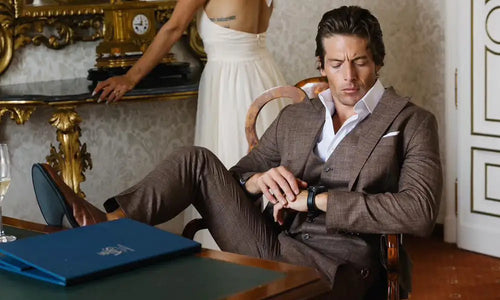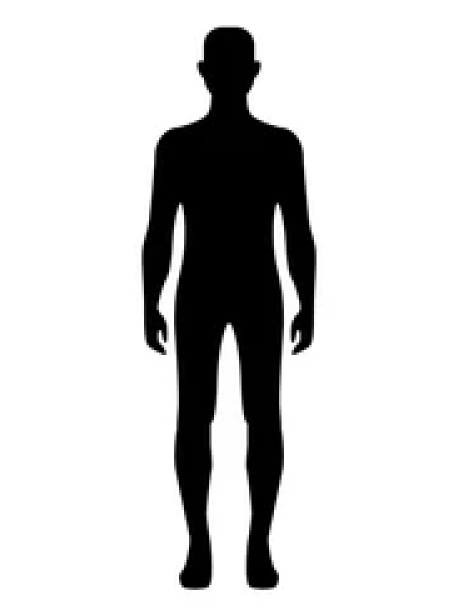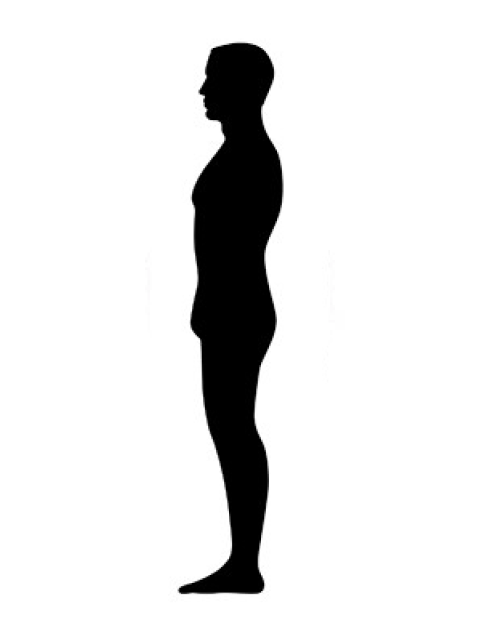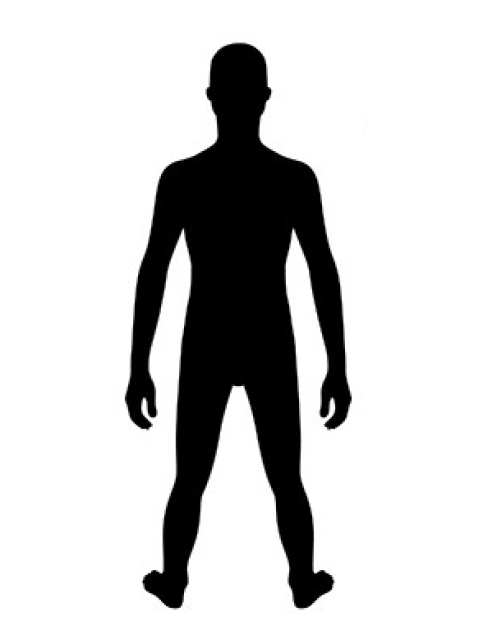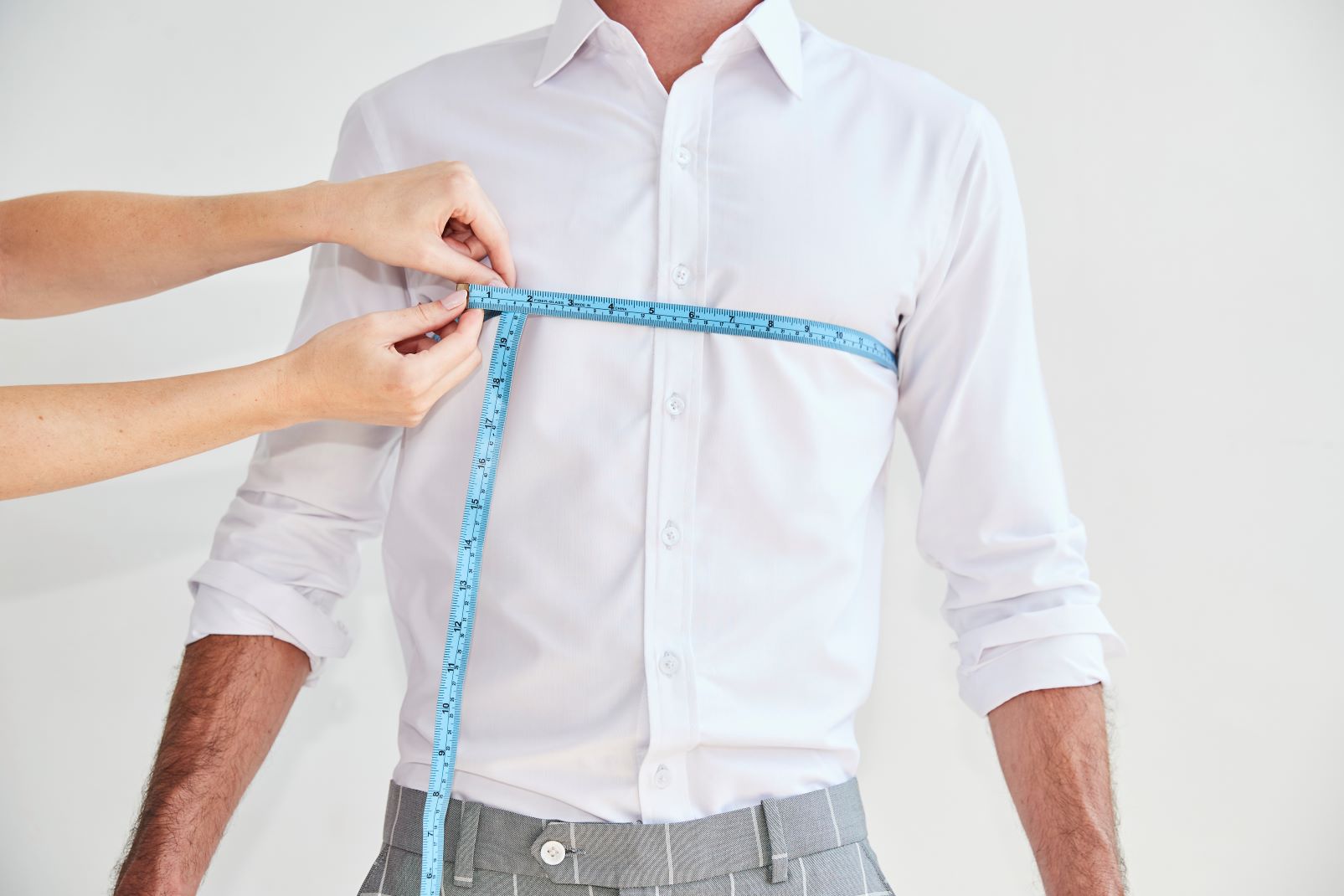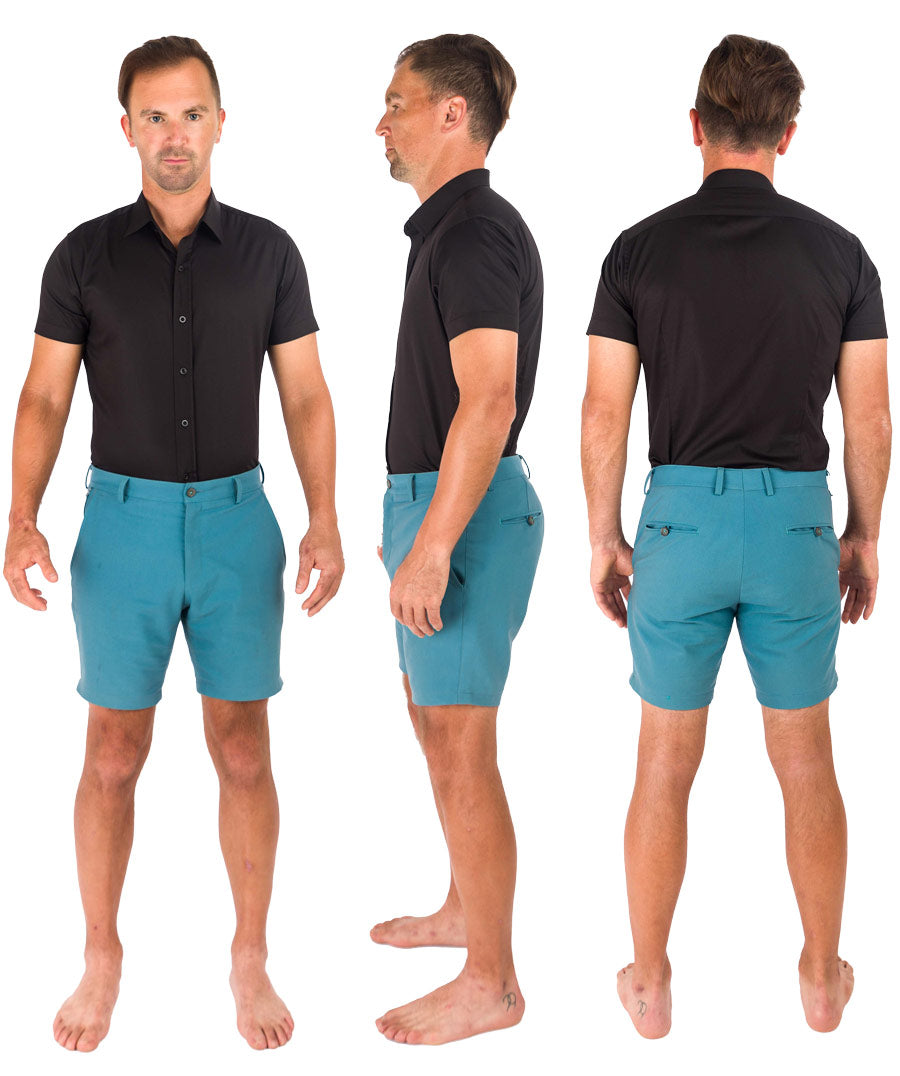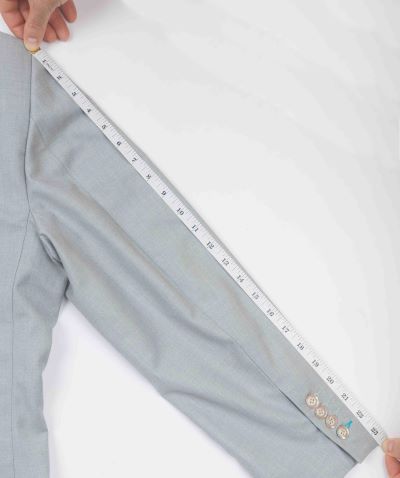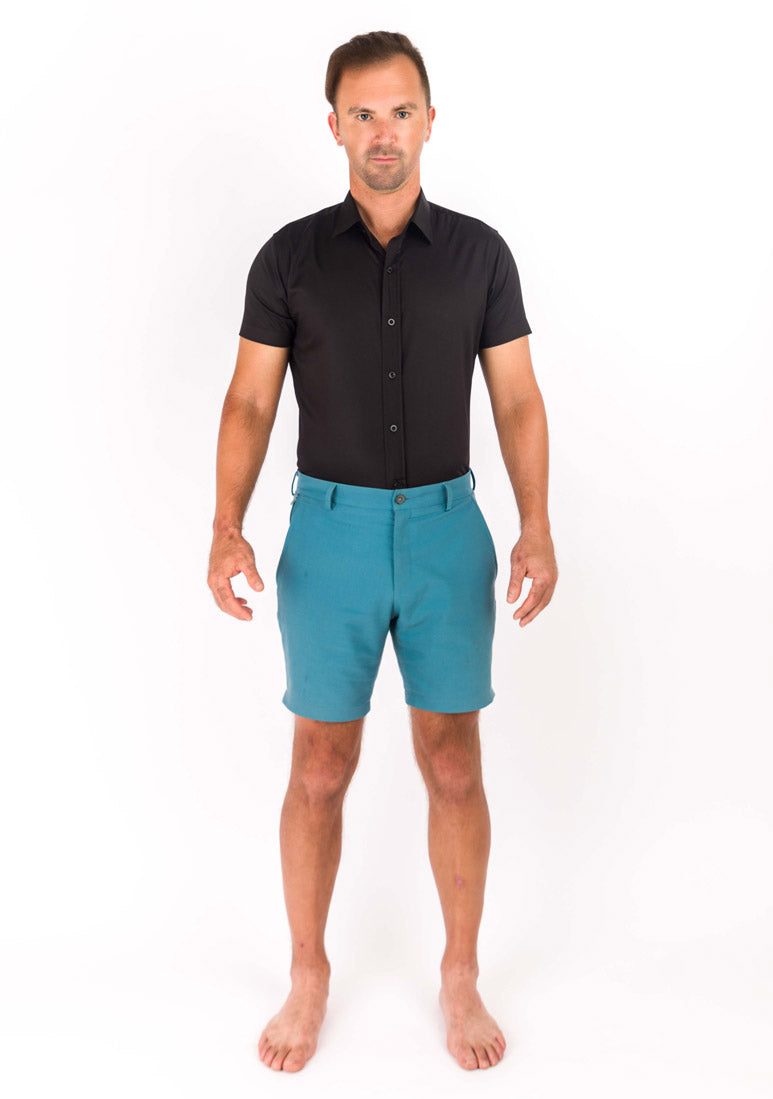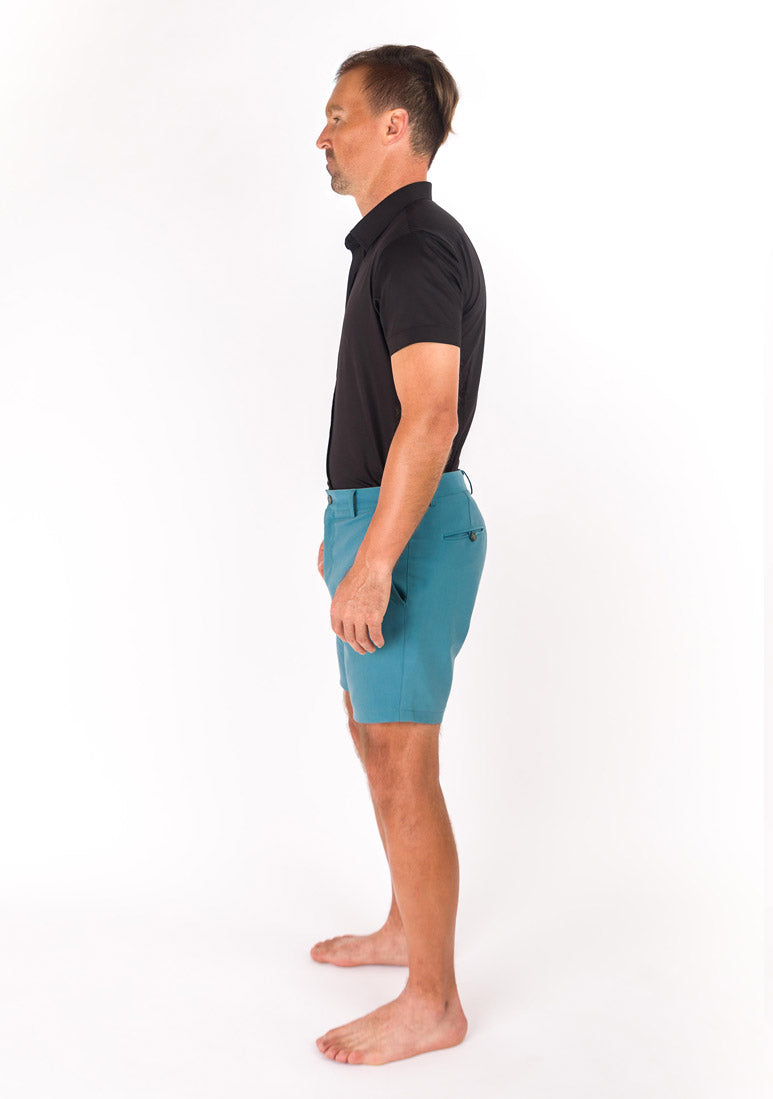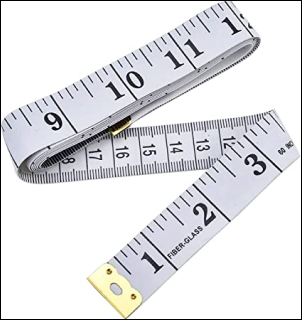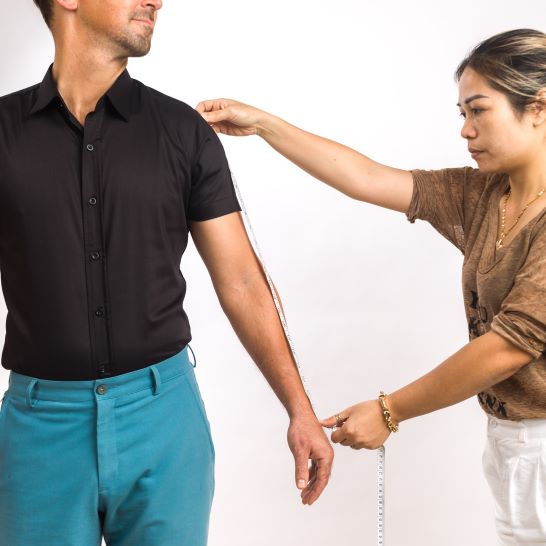What Is a Blazer? Custom Blazer Style Guide by Sartoro

|
Definition: A blazer is a tailored jacket worn as part of a smart casual or business casual outfit, distinct from a formal suit jacket and similar in style to a sport coat but typically more structured. Key Features:
Summary: The blazer is a flexible, stylish jacket that bridges the gap between formal and casual wear, characterized by its tailored structure, distinctive buttons, and broad pairing options, making it a staple in men's and women's wardrobes Fun Fact: The blazer got its name from the bright red “blazing” jackets worn by the rowing team at Cambridge’s Lady Margaret Boat Club in the 1800s. Style with serious history. |
Key Takeaways:
- What Is a Blazer: A blazer is a tailored, standalone jacket that blends polish and versatility, distinct from both suit jackets and sport coats.
- Why It Works Anywhere: Blazers can be dressed up or down, making them ideal for everything from business meetings to casual weekends.
- Your First Blazer Color Matters: Start with navy or charcoal for a timeless, adaptable look that works across seasons and settings.
What Is A Blazer? Understanding The Basics
A blazer is a tailored jacket designed to be worn independently, not as part of a suit. It’s more structured than a sport coat, but more relaxed than a suit jacket, making it the go-to choice for everything from casual Fridays to rooftop dinners.
Blazers are typically crafted from solid-colored or subtly textured fabrics, and they’re made to pair with non-matching trousers, like chinos, jeans, or even drawstring trousers if the fit’s right. Unlike a suit jacket, a blazer gives you freedom: it’s not tied to a matching set, which makes it more versatile for everyday wear.
Blazer Vs. Suit Jacket: Key Differences Explained
When refining your wardrobe, distinguishing between a blazer and a suit jacket is crucial for curating looks that embody confidence and individuality. Though these staples may seem interchangeable at first glance, each has defining characteristics that influence their fit, function, and visual appeal.
Construction And Structure
A suit jacket is meticulously crafted as part of a set, designed to be worn with matching trousers for a seamless, unified aesthetic. Its silhouette is typically sharper, its structure firmer, and its lines more refined, reflecting a premium, purpose-driven confidence. In contrast, a blazer stands alone. Blazers are tailored to be slightly less formal, boasting softer construction, more relaxed shoulders, and bolder design detailing, a freedom that empowers you to express unique style.
Fabric And Color Choices
Suit jackets use uniform fabrics, usually in classic tones and subtle patterns, ensuring harmony between jacket and trousers. Blazers, however, embrace individual flair: you’ll find them in a broader spectrum of colors, textures, and weaves, from vibrant solids to classic navies, often complemented by standout buttons or contrasting trims. This versatility makes the blazer a statement piece adaptable across dress codes and environments.
Versatility And Wearability
Sartorial versatility sets the blazer apart. While a suit jacket commands formality and usually resides in business or formal settings, the blazer transitions seamlessly between casual and refined affairs. Pair it with chinos, denim, or tailored trousers to embody presence and style across every occasion.
Fit And Customization Potential
Because blazers are intended to be standalone pieces, they often allow for more adventurous fits and personalized tailoring. Whether layered over a crisp shirt or a fine-gauge knit, the blazer’s flexibility invites you to own your look, accentuating your silhouette and personality without constraint.
Types Of Blazers: Materials, Cuts, And Styles
Blazers, long considered a staple of modern menswear, owe much of their versatility to the breadth of options in materials, cuts, and design aesthetics. Understanding these distinctions empowers you to find a blazer that reflects your individuality and ensures you'll feel comfortable and confident whether at the boardroom, a wedding, or a night out.
Materials: The Foundation Of Feel And Function
The choice of material sets the foundation for both comfort and occasion. Wool blazers are a perennial favorite, prized for their balance between warmth, breathability, and refined texture. Cotton offers a lighter, more casual alternative, making it well-suited for warmer climates or weekend wear.
For those seeking a touch of luxury or drama, linens, silks, and tweeds provide fresh tactile experiences, each projecting its personality. Selecting a blazer material aligned with your lifestyle and local climate can elevate both comfort and style.
Cuts: Shaping Your Silhouette
Blazer cuts define your overall silhouette and correspond to different moods and body types. The classic single-breasted cut, characterized by a single column of buttons and narrow overlap, is universally flattering and versatile, seamlessly transitioning from formal to casual settings.
Double-breasted blazers, meanwhile, exude gravitas with their broader fronts and dual button columns, ideal for making a bolder statement. For those seeking comfort with a modern edge, unstructured blazers, featuring minimal padding and lightweight construction—offer effortless ease while maintaining a sharp aesthetic.
Styles: Express Your Individuality
Beyond material and structure, stylistic choices let you personalize your look to reflect your unique personality. Choose from notched, peaked, or shawl lapels, each evoking a distinct sense of formality and flair.
Color and pattern options range from classic navies and charcoals to daring plaids, checks, or jewel tones. Whether your preference leans toward timelessness or trendsetting, the right combination of material, cut, and style allows you to own the room in a garment that makes you feel, without question, like yourself.
When And Where To Wear A Blazer
Blazers are the multitasker of your wardrobe, designed to empower you with confidence, versatility, and timeless style. Understanding the perfect occasions to wear a blazer can elevate your presence and express your individuality, whether you're dressing for the boardroom, a casual evening out, or a special event.
The Professional Edge: Business And Networking Events
In a business setting, a well-chosen blazer instantly communicates sophistication and assertiveness. Pair a classic navy or charcoal blazer with tailored trousers for formal meetings or networking events. For business-casual environments, combine it with chinos and an open-collared shirt to maintain a polished yet approachable appearance.
Smart Social Gatherings
Blazers excel at semi-formal occasions, think dinners, gallery openings, or upscale parties, where you want to make an impression without feeling overdressed. A textured or boldly colored blazer offers the opportunity to showcase your personality, while keeping the look effortlessly refined.
Wedding Guest And Special Occasions
When the invitation reads “cocktail attire” or “smart casual,” a blazer is a go-to option. Depending on the season and venue, select lighter hues or unique fabrics to demonstrate both taste and respect for the event. Whether a guest or part of the wedding party, the right blazer helps you own the room.
Weekend Refinement: Casual Wear
Blazers aren’t just for formal events. Layer a relaxed, unstructured blazer over a T-shirt or knitwear with jeans for brunches, dates, or weekend get-togethers. This blend of comfort and elegance captures modern style, ensuring you look intentional and put-together without sacrificing ease.
Popular Blazer Fabrics And Why They Matter
Choosing the right blazer fabric is more than a matter of style—it’s about self-expression, comfort, and performance. The right material adapts not just to your environment but also to your personality and ambitions. Below are some of the most sought-after blazer fabrics and what makes each unique.
Wool: Timeless Versatility
Wool remains the undisputed classic for blazers, prized for its balance of warmth, breathability, and structure. It drapes beautifully, holds its shape, and works effortlessly year-round. Whether you’re commanding attention in the boardroom or attending a formal event, a wool blazer provides subtle elegance and reliability.
Linen: Lightweight And Laid-back
Linen blazers excel in warmer climates. They are celebrated for their airy, breathable weave and textured appearance. The natural fibers help regulate temperature, offering cool refinement even under a summer sun. Their casual charm makes linen a standout choice for relaxed gatherings or destination weddings.
Cotton: Easygoing Style
Cotton blazers bridge the gap between formal and casual, offering comfort and laid-back polish. They’re lightweight, durable, and typically less structured than wool, lending a contemporary attitude to your look. Perfect for creative professionals or those seeking versatility without sacrificing sophistication.
Blends: The Best Of Multiple Worlds
Blended fabrics, combinations of wool, silk, cashmere, linen, or synthetic fibers, offer enhanced flexibility and unique textures. Blends can provide stretch, add softness, increase durability, or deliver wrinkle resistance. This versatility helps you personalize your blazer to match both your lifestyle and your aspirations.
Velvet, Corduroy, And Beyond: Statement Choices
Luxurious fabrics like velvet or corduroy make a bold impression for those unwilling to blend in. Velvet brings a rich, refined sheen for evening wear, while corduroy’s ribbed texture adds a vintage flair. These fabrics speak to individuality and creative self-assurance, perfect for breaking the mold at special occasions or when you want your style to be unmistakably yours.
Best Colors For A First Blazer
Choosing your first blazer is never just about picking a piece of clothing; it’s about embracing individuality, defining your presence, and laying the foundation for a wardrobe that works as hard as you do. The color you select can instantly communicate confidence and versatility, ensuring your blazer becomes a trusted ally for any occasion. Below are the most empowered and versatile colors to consider as you seek to own every room you enter.
The Timeless Appeal Of Navy
Navy has long reigned supreme as the go-to color for a first blazer. Its deep, rich tone offers remarkable adaptability, seamlessly transitioning from business meetings to social events. Navy flatters every skin tone and pairs effortlessly with dress shirts, chinos, or jeans, making it a multi-tasking essential for any style-conscious man.
Charcoal: Understated Sophistication
Charcoal is another exceptional first choice, providing a modern yet classic aesthetic. Less formal than black yet more refined than lighter greys, charcoal introduces remarkable flexibility. It balances power dressing and understated cool, making it especially useful for professional settings or evening occasions where tone matters.
Classic Black For Formality
Black blazers evoke unmistakable elegance and authority. While most commonly reserved for more formal events or evening wear, a black blazer can serve as a bold first choice for those seeking to make a striking impression. Pair it with crisp whites or deep jewel tones to channel timeless class.
Light Grey: Modern And Refreshing
For those desiring a lighter, fresh alternative, light grey is an inspired option. Distinctly modern yet innately versatile, a light grey blazer complements a variety of shirts and trousers, and transitions easily between seasons. The color invites creative self-expression while maintaining a clean, elevated look.
Next Level: Exploring Patterns And Bold Colors
Once the foundational hues are part of your wardrobe, exploring patterns like checks or bold colors such as burgundy or forest green will help magnify your individuality. These options invite attention and spark conversation, adding a unique dimension to your style identity.
How To Style A Blazer Casually Or Formally
Mastering the art of styling a blazer transforms it from a simple wardrobe staple into a hallmark of individuality and confidence. Whether your calendar calls for a polished professional look or a relaxed night out, knowing how to adapt your blazer is key to curating a personal style that speaks volumes.
Dressing Down: Casual Blazer Looks
For casual occasions, a blazer shines as the anchor of smart-casual dressing. Pair an unstructured, lighter-colored blazer with a crisp crewneck tee or a casual button-down shirt. Chinos or fitted jeans in clean, dark washes create a modern balance. Minimal sneakers or loafers round off the ensemble, while accessories, think a leather strap watch or a patterned pocket square, add just the right amount of personality.
Experiment with textured fabrics like linen or cotton, and don’t hesitate to roll up your sleeves for that effortless, confident finish. The goal? Understated ease with an intuitive command of style.
Elevating For Formal Settings
For more formal scenarios, choose a structured blazer crafted from premium materials such as wool or a wool blend. Pair it with a tailored dress shirt, solid, subtly patterned, or with a pinpoint stripe, and classic dress trousers. A silk tie and carefully chosen cufflinks elevate the entire look, delivering an unmistakable message of professionalism and refinement.
Complete your formal ensemble with polished oxfords or derbies, a matching belt, and, if the occasion calls for it, a tasteful pocket square or lapel pin. The fit should be immaculate: shoulders aligned, sleeves hitting just above the wrist, and contours that flatter without restricting movement.
Seamless Transitions: Day To Night
Blazers are made for versatility. Swapping accessories allows you to transition from day to night smoothly, or boardroom to after-hours, without sacrificing sophistication. Lose the tie, unbutton the collar, and opt for sleek sneakers or casual loafers to keep the look fresh without sacrificing sophistication. In any scenario, the blazer becomes a trusted ally in expressing self-assured, premium style.
Read also:
- Suit Jacket Or Blazer: The Difference
- Perfect Suit Jacket Fit Guide
- Understanding Different Suit Jacket Styles
Frequently Asked Questions About What Exactly Is A Blazer? A Simple Style Guide
Can women wear blazers?
Yes. Blazers transcend gender and are a premium wardrobe staple for anyone who values individuality and style. For women, blazers offer a confident, empowering silhouette, perfect for professional, contemporary, or creative looks. Custom options ensure the ideal fit and personal expression, regardless of body type.
What are the key features of a blazer?
A blazer is defined by its structured yet versatile design, typically featuring a tailored fit, notched or peaked lapels, distinct buttons, and functional pockets. Unlike suit jackets, blazers offer greater flexibility and are designed to adapt to various settings, from boardrooms to casual gatherings.
How do I choose the right blazer for my body type?
Prioritize fit above all. A blazer should complement your frame, enhancing your natural silhouette without feeling restrictive. Sartoro’s Digital Tailor tool makes this effortless, delivering a custom, one-of-a-kind fit for every body shape, including hard-to-fit and big and tall sizes. Consider details like lapel style, button stance, and jacket length to further align with your proportions and personal style.
Can I wear a blazer with jeans?
Yes. Pairing a blazer with jeans is a mark of modern confidence and versatility. This look bridges sharp tailoring with relaxed ease. Opt for a more casual fabric or bold color to inject personality, and let your blazer fit and craftsmanship speak for itself, on a night out or in any smart-casual setting.
How do I care for a blazer?
Premium quality deserves premium care. Always check the care label; most blazers benefit from infrequent dry cleaning and gentle steaming to preserve fabric and shape. Store on a sturdy hanger, rotate your blazers to maintain structure, and spot-clean as needed.
What is the difference between a blazer and a sport coat?
Blazers and sport coats are both versatile, but the distinctions matter. Blazers are typically more structured and have a sharper, more formal finish, often with metallic or statement buttons. Sport coats lean casual, with softer construction and bolder, textured fabrics. If you want to own the room with customization and polish, a bespoke blazer is your go-to.
